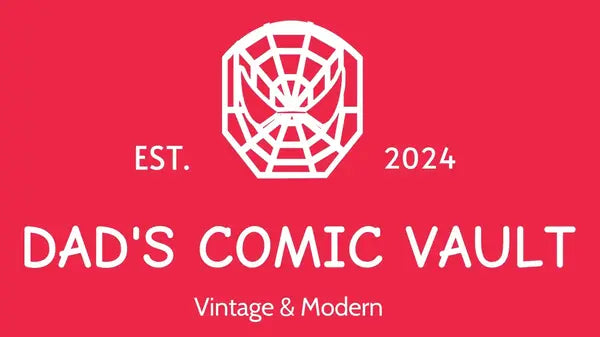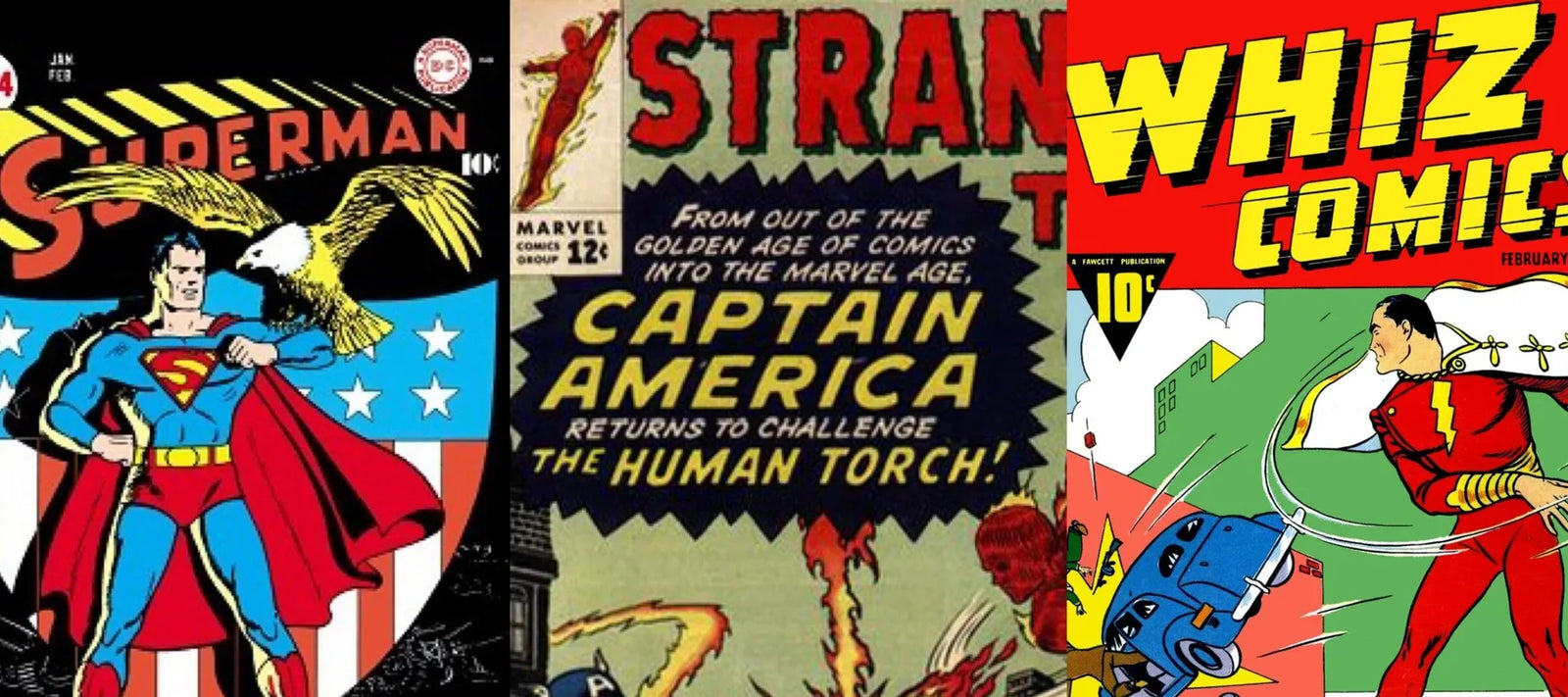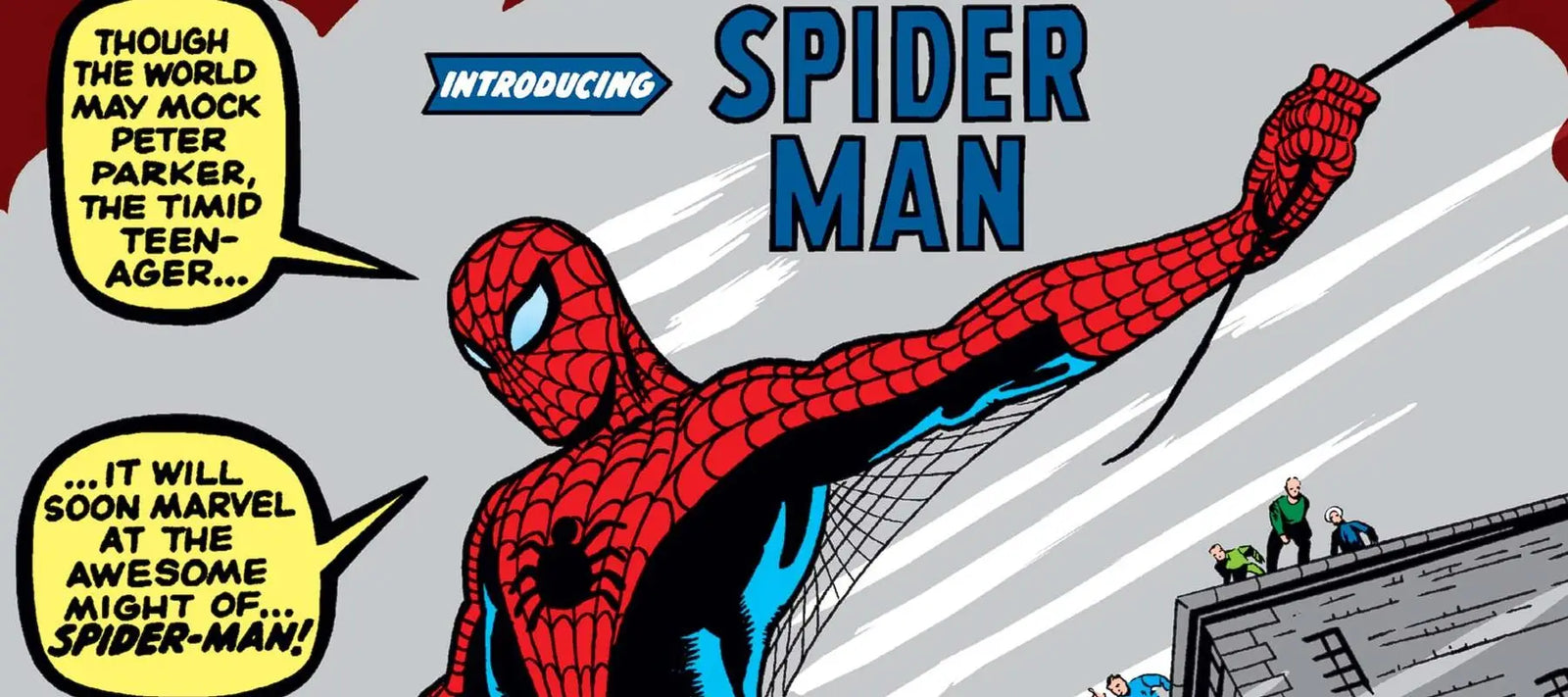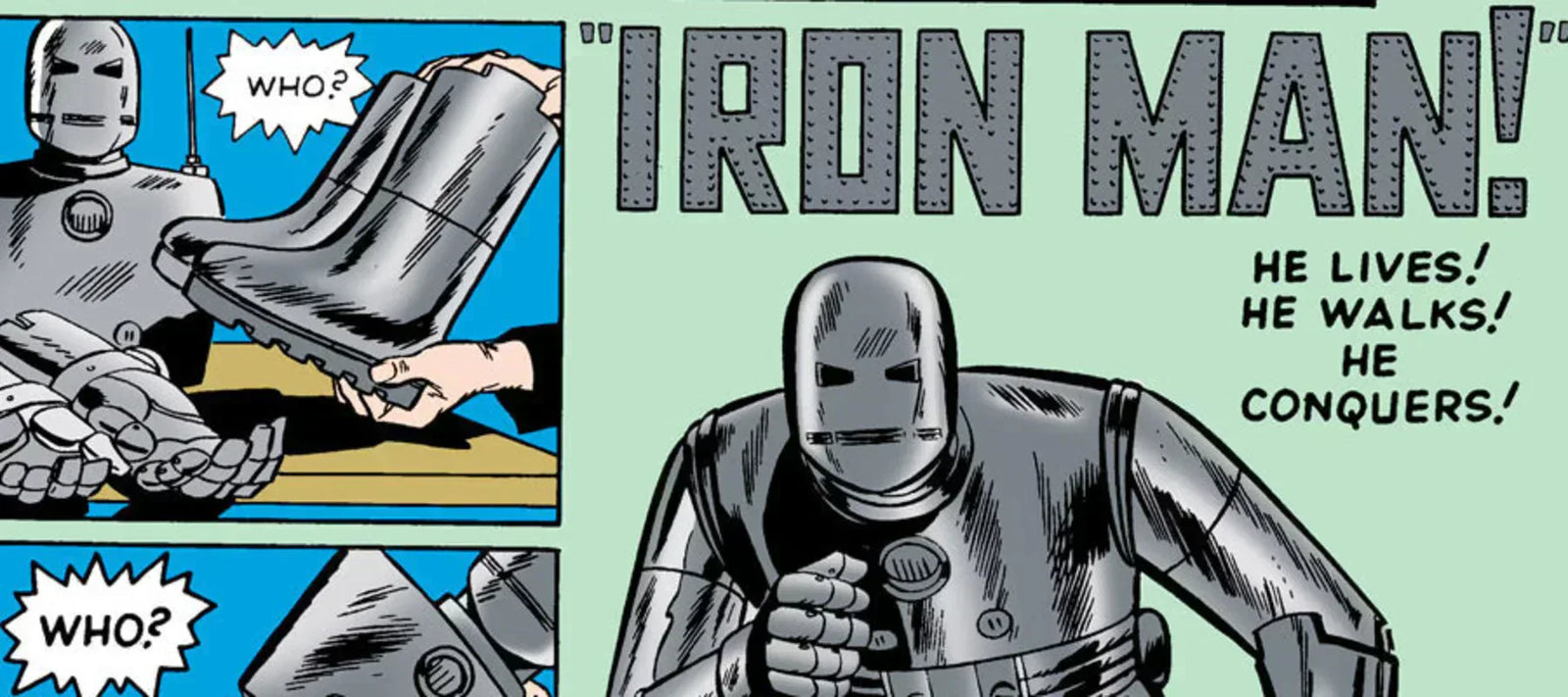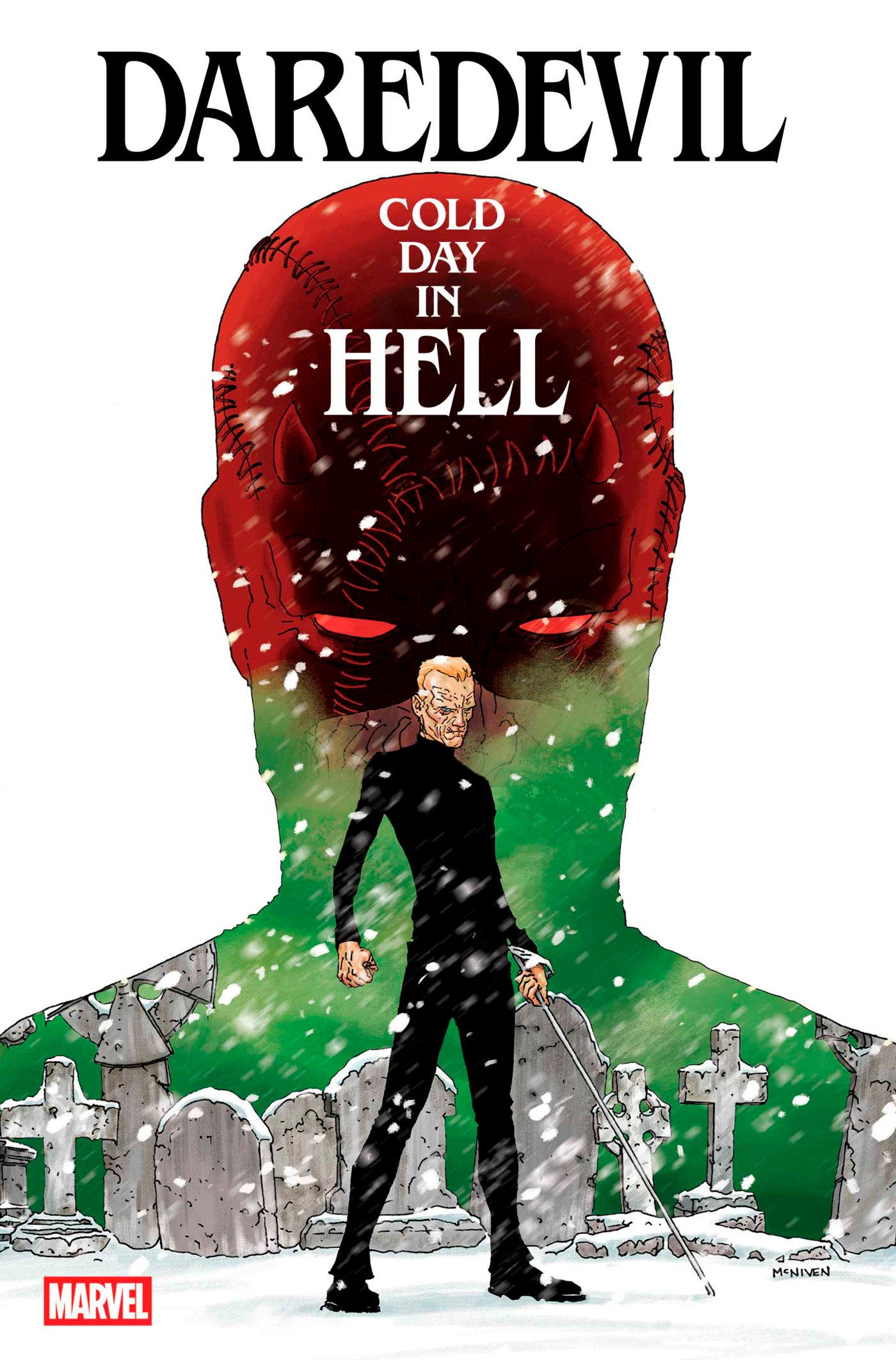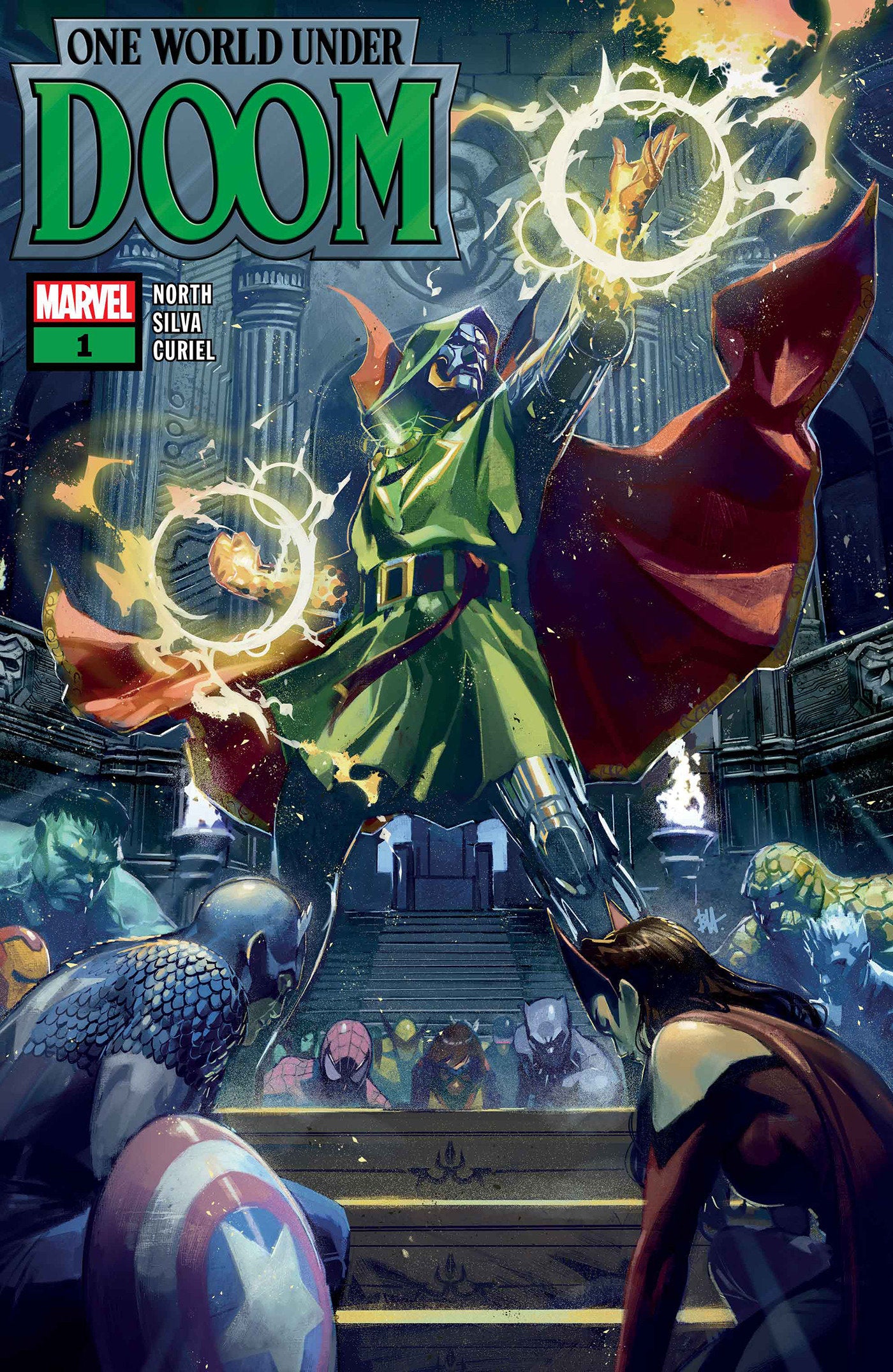
The History of Marvel Comics: A Legacy of Heroes, Villains, and Innovation
Marvel Comics has become a household name, synonymous with iconic superheroes and unforgettable stories. From its humble beginnings to its modern-day multimedia empire, Marvel has had a significant impact on the comic book world, pop culture, and the entertainment industry as a whole. Let's take a look back at the history of Marvel Comics and how it grew into the powerhouse it is today.
The Early Years: 1939-1950s
Marvel's story begins in 1939, when the company was first founded as Timely Publications by Martin Goodman. The very first comic book published by Timely was Marvel Comics #1 in October 1939, which introduced readers to characters like the Human Torch and Namor the Sub-Mariner. These early stories were set in a world that was largely grounded in real-world issues, yet filled with colorful heroes and villains.
During the 1940s, Timely Publications became known for its superhero stories, with the creation of characters such as Captain America in 1941, whose patriotic heroism became a symbol during World War II. Created by writer Joe Simon and artist Jack Kirby, Captain America remains one of Marvel's most beloved characters to this day.
However, the superhero genre began to fade in popularity after the war, leading Timely to focus on other types of comics, including horror, westerns, and crime stories.
The Golden Age of Marvel: 1960s
The true birth of Marvel as we know it came in the early 1960s, when Stan Lee, who was then a writer and editor at Timely (now rebranded as Marvel Comics), began to reshape the comic book landscape. Lee teamed up with legendary artists like Jack Kirbyand Steve Ditko to create a new generation of superheroes with relatable human struggles and complex personalities.
In 1961, Lee and Kirby introduced The Fantastic Four, the first family of Marvel superheroes. This marked the beginning of what is known as the "Marvel Age of Comics." Over the next few years, Lee and his collaborators brought to life Spider-Man (1962), The Hulk (1962), Thor(1962), Iron Man (1963), and The X-Men (1963), characters who not only had superhuman abilities but also dealt with real-life issues such as self-doubt, social rejection, and the desire for justice.
These characters were revolutionary because they were not just larger-than-life figures—they were real people with flaws and emotions. This new approach resonated with readers, and Marvel quickly gained a devoted following.
The Expansion: 1970s-1980s
The 1970s and 1980s saw Marvel expand its universe even further. With the creation of more groundbreaking characters such as The Punisher, Ghost Rider, and Daredevil, Marvel embraced darker and more mature themes, tackling everything from crime to addiction.
During this period, the Marvel Universe also began to connect in a way it never had before. Writers and editors began crafting crossovers, where multiple characters and teams could meet and interact, such as The Avengers and The X-Men. The most notable of these was the Infinity Gauntlet storyline in the 1990s, which would later inspire the Marvel Cinematic Universe's (MCU) massive success.
The Struggles and Bankruptcy: 1990s
While Marvel was at the height of its comic book creativity, the 1990s proved to be a turbulent time for the company. The comic book industry saw a boom, followed by a bust, as speculator-driven markets led to an over-saturation of titles. Marvel, in particular, faced financial strain due to overspending on licenses and an overproduction of comics.
In 1996, Marvel filed for bankruptcy, marking a significant low point in the company's history. However, the company was able to regroup and reorganize under new leadership, laying the groundwork for its resurgence in the years to come.
The Rise of Marvel Studios: 2000s
Though Marvel's fortunes were looking grim in the 1990s, the company's future was about to change dramatically. In the early 2000s, Marvel's characters began to make their way to the big screen, beginning with X-Men (2000) by 20th Century Fox and Spider-Man (2002) by Sony Pictures. These films helped re-establish the superhero genre and proved that comic book adaptations could be hugely successful at the box office.
In 2008, Marvel made a pivotal move by founding Marvel Studios and taking control of its film production. The release of Iron Man marked the birth of the Marvel Cinematic Universe (MCU), an interconnected series of films that would bring together characters from across the Marvel Universe. Over the years, the MCU would grow to become a global phenomenon, with films like The Avengers (2012), Black Panther (2018), and Avengers: Endgame (2019) earning billions at the box office.
Legacy and Impact
Today, Marvel Comics is more than just a publisher; it's a cultural juggernaut. Its characters appear in films, TV shows, video games, and merchandise, cementing their status as global icons. The superhero genre is now the most successful in cinema, and Marvel’s continued success is a testament to the enduring power of its characters and stories.
Marvel has not only changed the way comics are written and illustrated, but it has also shifted how we view superheroes. Characters like Iron Man, Captain America, and Black Panther are more than just comic book heroes—they represent ideals, cultures, and complex narratives that resonate with audiences around the world.
Marvel’s influence can also be seen in the growth of comic conventions, the increasing diversity in superhero stories, and the rise of superhero fandom. It’s a legacy that began with a single comic book in 1939 and has since grown into one of the most influential forces in entertainment history.
Conclusion
From its early days as Timely Publications to its modern-day success, Marvel Comics has had an extraordinary journey. The company’s legacy is built on unforgettable characters, groundbreaking storytelling, and a commitment to pushing boundaries. As Marvel continues to evolve, one thing is certain: the world of Marvel Comics will remain an essential part of pop culture for generations to come.
